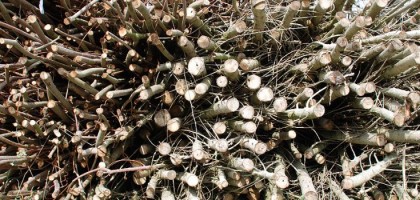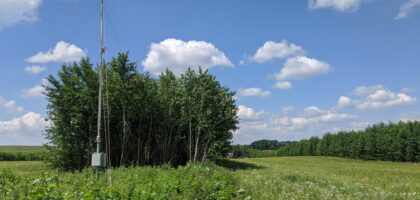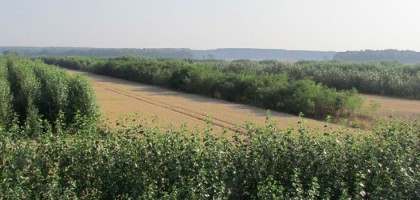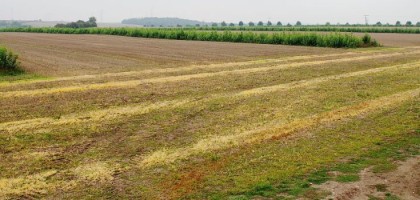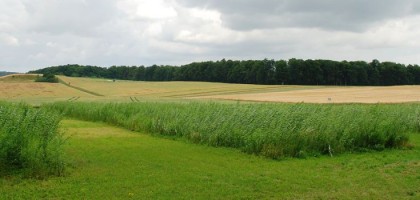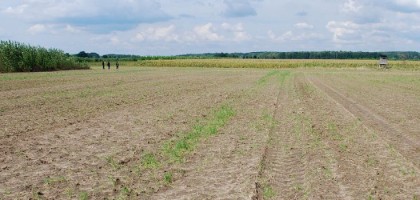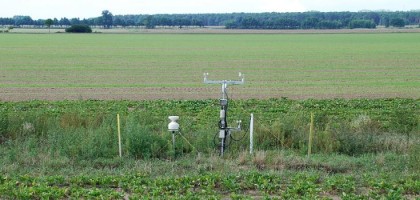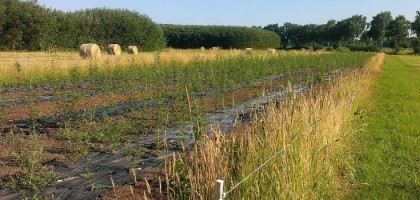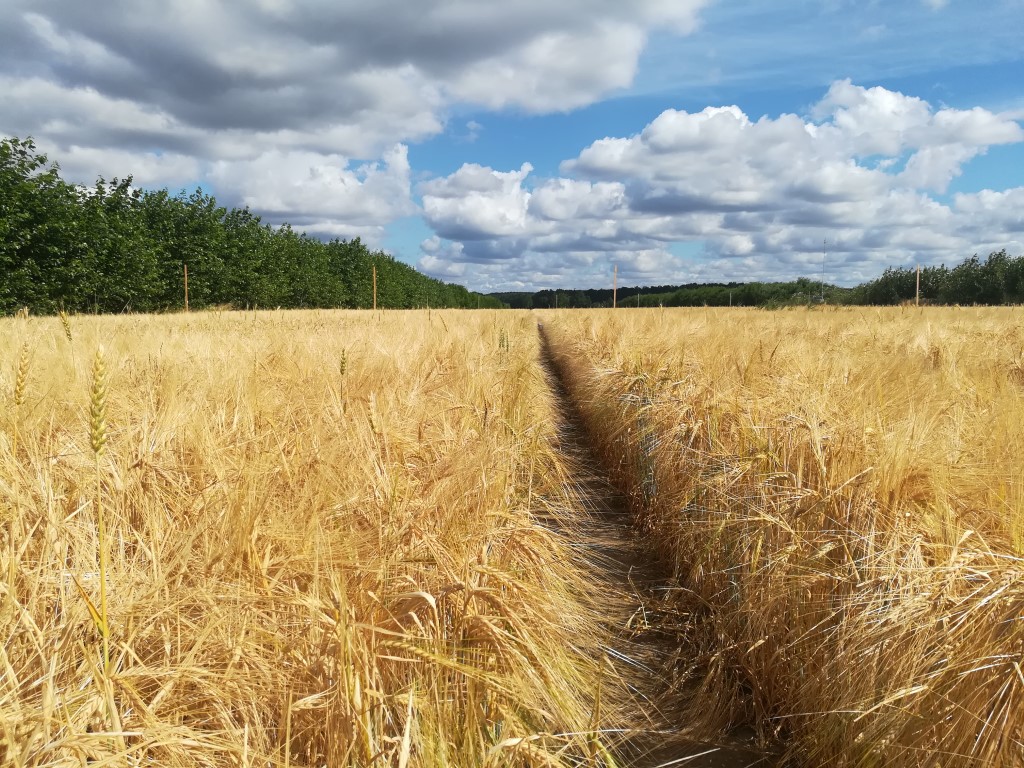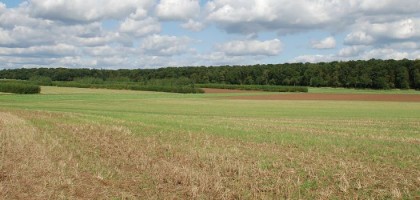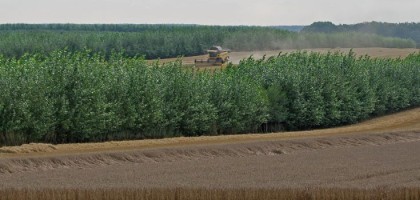TP1-2: CO2┬Ā, H2O and energy exchange
The impact of agroforestry on CO2┬Ā, H2O and energy exchange with the atmosphere
Summary
The Bioclimatology group of the University of Goettingen investigates carbon, water vapour and energy fluxes in agroforestry systems and compares them to conventional monocropping agriculture. Agroforestry systems have potential to increase carbon sequestration, which would be a valuable tool for climate change mitigation, but they also change the radiative balance at the surface. The long-term climate effect of agroforestry will be evaluated in the 3rd phase of the project, by combining eddy covariance and meteorological measurements. A total of ten stations are measuring in a continuous basis CO2, H2O, latent heat and sensible heat fluxes, together with wind field, radiation and additional meteorological parameters. These data will allow to quantify impact of agroforestry on C assimilation, water use efficiency and surface radiative forcing, with respect to conventional agriculture.
Our objectives are:
- To assess the net ecosystem exchange of carbon in agroforestry compared to conventional agriculture.
- To assess and compare the water use efficiency of both systems by using the carbon and water vapour fluxes.
- To understand the relationships between meteorological parameters and CO2 and H2O fluxes above agroforestry and monocropping systems.
- To assess the radiative forcing of agroforestry compared to conventional agriculture, combining the effects of CO2 sequestration, the change in the surface albedo and the energy fluxes measurements.
